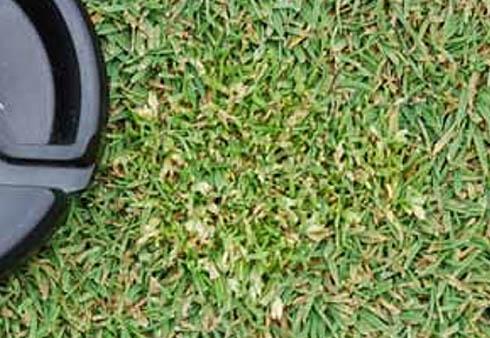In an effort to help growers in a variety of industries manage weed challenges more efficiently, the University of Tennessee has established its Weed Diagnostic Center.
 Developed in cooperation with the UT Office of AgResearch and UT Extension, the Weed Diagnostic Center was established to provide growers nationwide with diagnostic tests tailored to weeds in turf (including golf and sports turf), ornamentals, urban landscapes and crop production.
Developed in cooperation with the UT Office of AgResearch and UT Extension, the Weed Diagnostic Center was established to provide growers nationwide with diagnostic tests tailored to weeds in turf (including golf and sports turf), ornamentals, urban landscapes and crop production.The UT Weed Diagnostic Center, which is believed to be the first of its kind, utilizes whole plant and molecular techniques to provide consumer and professional growers with services such as weed identification and herbicide-resistance screening, as well as bermudagrass off-type assessment. Results of all diagnostic tests also include research-based solutions for managing weeds in the field.
According to the folks at the University of Tennessee, there are many reasons why weeds should be tested.
> Proper identification is critical to successful weed control.
> Diagnostic results allow managers to implement optimal management strategies.
> Results allow managers to conserve labor, financial, and technological resources.
> Resistance screening helps steward effective technologies for weed management.
Samples should be prepared in the same manner in which soil samples are submitted, and an online form also must be completed for each submission.
The diagnostics process is a multi-step program that can include: weed identification, off-type assessment and herbicide-resistance screening.
Weeds are identified based on morphological and botanical characteristics using fresh plant samples. Those not identified via traditional means will be recommended for molecular weed identification by sequencing the internally transcribed spacer region.
Desirable and potential off-type Bermudagrass samples are cultured until producing a minimum of five stolons with at least three nodes. Samples are characterized by measuring Internode length, stolon diameter, leaf length, and leaf width are measured using digital calipers.
Three different herbicide-resistance screens are offered including traditional whole plant testing, molecular analysis for target site mutations, as well as a new rapid diagnostic assay in agar culture that can provide information in seven to 10 days.
UT has all USDA and U.S. EPA APHIS permits necessary to accept weed submissions from all 50 states at any time of year.
Turnaround time for results will vary based on the test conducted. A basic weed identification only takes a few days while some of the more traditional resistance screens can take longer.
All diagnostic test results will come with a detailed report that provides recommendations for controlling the weed in the field, which are particularly useful for herbicide-resistance screens.

